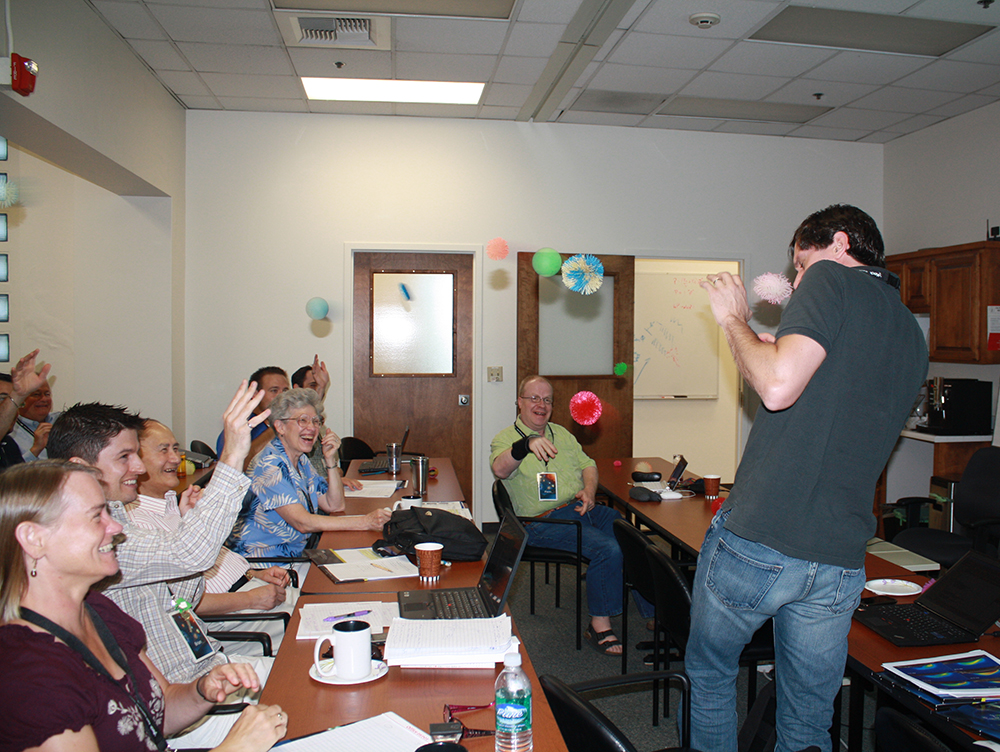Workshop Overview:
xTerramechanics is a discipline that entails the study and modeling of interactions between spacecraft and extraterrestrial geomaterials, such as the canonical case of NASA rovers driving on Mars soil. This KISS study will bring together key technical experts from across the U.S. to advance the study of such surface interactions, deepening our understanding of key mission life-cycle processes: formulation trades, design, mission operations, and in-situ science context and integration. The results of this study will be enabling for many future missions in our solar system.
Rapid "virtual prototyping" of mobility and sampling concepts will aide in exploration of radically new surface-system trade-spaces, development of new project implementations, and optimization of mission operations. These advancements will be made possible by recent cross-disciplinary developments such as innovations in granular media simulation, Discrete-Element-Modeling (DEM) and nonlinear Finite Element Analysis (FEA) of soil/regolith, utilization of enormous increases in computational capability, and the development of dynamic Multi-Body Simulation (MBS) software: all opening the door to full physics-based modeling of planetary hardware systems (e.g. mobility platforms, sampling devices, and construction platforms) interacting with natural bodies (e.g., asteroids, comets, moons). These critical developments are at the intersection of geo and planetary sciences, physics, and mechanics.
Our goal is to spur innovation in a new multi-scale, multi-domain modeling framework that encompasses this intersection, from small-scale granular physics and contact mechanics to large-scale spacecraft dynamics. Developing, combining, and integrating MBS software with modern non-linear FEA and DEM subroutines will eventually allow for the development of system and environmental models with fully analytical or physics-based characteristics. Experimental measurements will be incorporated into these processes to produce a validated, end-to-end integrated modeling and simulation environment and a validated, ground-based robotic systems testbed. These breakthrough developments will engender optimal and well understood system trades, resulting in more successful and revolutionary types of NASA planetary missions with enhanced science return, and increased return on investment and cost control.




















